41 label the parts of this atom (nucleus protons electrons neutrons)
DOC Atomic Structure Worksheet - Washoe County School District Part l: Label the parts of this atom (nucleus, protons, electrons, neutrons) Part 2: Answer these: 1. The subatomic particle with no electrical charge is the 2. The subatomic particle with a positive charge is the 3. The subatomic particle with a negative charge is the 4. There are the same number of these two particles in an atom 5. Answered: 8. Part 1: Label the parts of this atom… | bartleby Part 1: Label the parts of this atom (nucleus, protons, electrons, neutrons) Part 2: Answer these: The subatomic particle with no electrical charge is the 2. The subatomic particle with a positive charge is the 3. The subatomic particle with a negative charge is the 4. There are the same number of these two particles in an atom 5.
Parts_of_the_Atom_2.docx - On the Inside Part l: Label the... To find the number of protons, look at the atomic number: Example for carbon: Atomic number: 6 Number of protons: 6To find the number of neutrons, subtract the atomic number from the atomic mass:Example for carbon: Atomic mass: 12 (rounded) Number of neutrons: 12 - 6 = 6 To find the number of electrons, look at the atomic number: Example for …
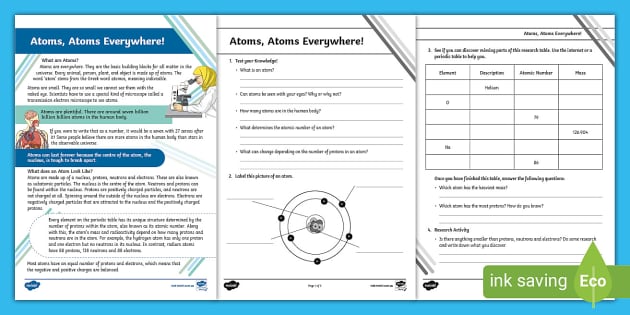
Label the parts of this atom (nucleus protons electrons neutrons)
PDF Chemistry of Matter - Science Spot Part A: Atomic Structure 1. Draw five protons in the nucleus of the atom. Label them with their charge. 2. Draw six neutrons in the nucleus of the atom. 3. Draw two electrons in the first energy level and label them with their charge. 4. Draw three electrons in the second energy level and label them with their charge. 5. Atomic Structure - Electrons, Protons, Neutrons and Atomic Models - BYJUS Primarily, the atomic structure of matter is made up of protons, electrons and neutrons. The protons and neutrons make up the nucleus of the atom, which is surrounded by the electrons belonging to the atom. The atomic number of an element describes the total number of protons in its nucleus. How many protons, neutrons and electrons does manganese have? Numerous permanent and temporary particles exist in the atom. Electrons, protons, and neutrons are located in the atom as permanent particles. Also, neutrino, antineutrino, positron, and mason are located in an atom as temporary particles. Atoms can usually be divided into two parts. One is the nucleus and the other is the orbit. Experiments by ...
Label the parts of this atom (nucleus protons electrons neutrons). The Atom - General College Chemistry The nucleus contains the majority of an atom's mass because protons and neutrons are much heavier than electrons, whereas electrons occupy almost all of an atom's volume. The diameter of an atom is on the order of 10 −10 m, whereas the diameter of the nucleus is roughly 10 −15 m—about 100,000 times smaller. 4.4: Protons, Neutrons, and Electrons - Chemistry LibreTexts The last of the three main particles that make up the atom is the neutron. Atoms of all elements (except for most atoms of hydrogen) have neutrons in their nucleus. Unlike protons and electrons, which are electrically charged, neutrons have no charge - they are electrically neutral. That's why the neutrons in the table below are labeled n 0. The Structure of an Atom: Parts, Diagram, Examples - Embibe Exams Atomic structure is the structure of an atom that consists of a nucleus (the centre), protons (positively charged), and neutrons (neutral). The electrons are negatively charged particles that orbit the nucleus's centre. Democritus came up with the concept that matter is composed of atoms. John Dalton, in 1800 proposed the first scientific ... Part 1 - Label the parts of the atom below (protons, neutrons ... Atomic components below (protons, neutrons, electrons, nucleus, quarks is: The protons carry the positive electric charger, the electrons carry the negative electricity and the neutrons have no electrical power at all.; Protons and neutrons join together in the central part of the atom, called the nucleus, and the electrons 'surround' the nucleus.; The positive atomic part of the atom is the ...
Label the parts of an atom Diagram | Quizlet electron negatively charged particle of an atom found outside the nucleus neutron Particle in an atom with no charge. Found in the nucleus. proton Positively charged particle found in the nucleus of an atom nucleus The center of the atom which contains protons and neutrons atom smallest unit of an element that keeps its properties What is nucleus for Class 6? - coalitionbrewing.com The number of protons in the nucleus determines the element, and the number of neutrons fluxuates depending on the isotope of the atom. For example, the nucleus of a carbon atom can contain 6 protons and 6 neutrons, or it can contain 6 protons and 8 neutrons. The most common isotope is the one with 6 protons and 6 neutrons, which makes up 98. 9 ... Solved Help Save & E Che Label the parts of the atom Label | Chegg.com Expert Answer. 100% (1 rating) part with - sign ( outside) are called elec …. View the full answer. Transcribed image text: Help Save & E Che Label the parts of the atom Label the parts of the atom Nucleus Neutrons Electrons Protons Daeat 7am 1 of 13 Next >. Answered: 8. Part 1: Label the parts of this atom… | bartleby Part 1: Label the parts of this atom (nucleus, protons, electrons, neutrons) nucleus neutrens electrons Protors Part 2: Answer these: The subatomic particle with no electrical charge is the 2. The subatomic particle with a positive charge is the 3. The subatomic particle with a negative charge is the 4.
Basic Parts of the Atom - Protons, Neutrons, Electrons, Nucleus 0:00 / 4:14 Basic Parts of the Atom - Protons, Neutrons, Electrons, Nucleus sciencepost 37.3K subscribers 337K views 10 years ago Significant Figures The Beautiful pictures of the... the relationship between a cathode and an anode involves protons ... User: the relationship between a cathode and an anode involves protons, electrons, neutrons, diodes. Weegy: The relationship between a cathode and an anode involves electrons. Score .9374 User: to use your left hand to determine the direction of the voltage developed in a moving conductor in a stationary magnetic field, you must point your Weegy: To use your left hand to determine the ... 3.3: Subatomic Particles - Electrons, Protons, and Neutrons Atoms are made up of protons and neutrons located within the nucleus, with electrons in orbitals surrounding the nucleus. Masses for the three subatomic particles can be expressed in amu ( atomic mass units) or grams. For simplicity, we will use the amu unit for the three subatomics. Both neutrons and protons are assigned as having masses of 1 ... The Structure of an Atom Explained With a Labeled Diagram Basic Diagram of an Atom. Most of an atom is just empty space and consists of a positively charged nucleus of protons and neutrons surrounded by a cloud of negatively charged electrons. The center of an atom is the nucleus and one or more electrons surrounding the nucleus. When one says an atom is electrically neutral, it means that the number ...
Protons, neutrons and electrons - Atomic structure - (CCEA) - GCSE ... Question. The atomic number of a sodium atom is 11 and its mass number is 23. Calculate the number of protons, neutrons and electrons it contains.
Structure of the atom - Atomic structure - AQA - BBC Bitesize Atoms consist of a nucleus containing protons and neutrons, surrounded by electrons in shells. The numbers of subatomic particles in an atom can be calculated from its atomic number and mass number.
How many protons, neutrons and electrons does manganese have? Numerous permanent and temporary particles exist in the atom. Electrons, protons, and neutrons are located in the atom as permanent particles. Also, neutrino, antineutrino, positron, and mason are located in an atom as temporary particles. Atoms can usually be divided into two parts. One is the nucleus and the other is the orbit. Experiments by ...
Atomic Structure - Electrons, Protons, Neutrons and Atomic Models - BYJUS Primarily, the atomic structure of matter is made up of protons, electrons and neutrons. The protons and neutrons make up the nucleus of the atom, which is surrounded by the electrons belonging to the atom. The atomic number of an element describes the total number of protons in its nucleus.
PDF Chemistry of Matter - Science Spot Part A: Atomic Structure 1. Draw five protons in the nucleus of the atom. Label them with their charge. 2. Draw six neutrons in the nucleus of the atom. 3. Draw two electrons in the first energy level and label them with their charge. 4. Draw three electrons in the second energy level and label them with their charge. 5.

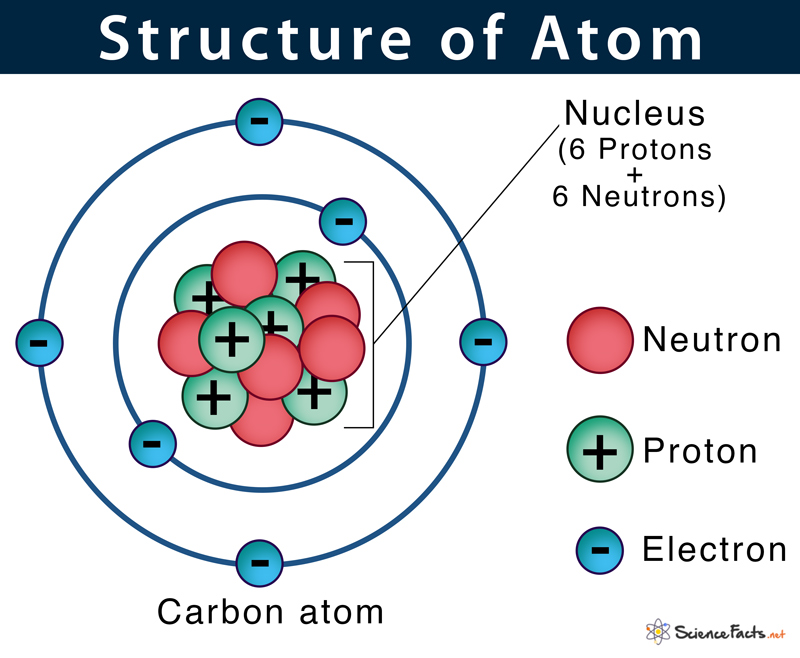
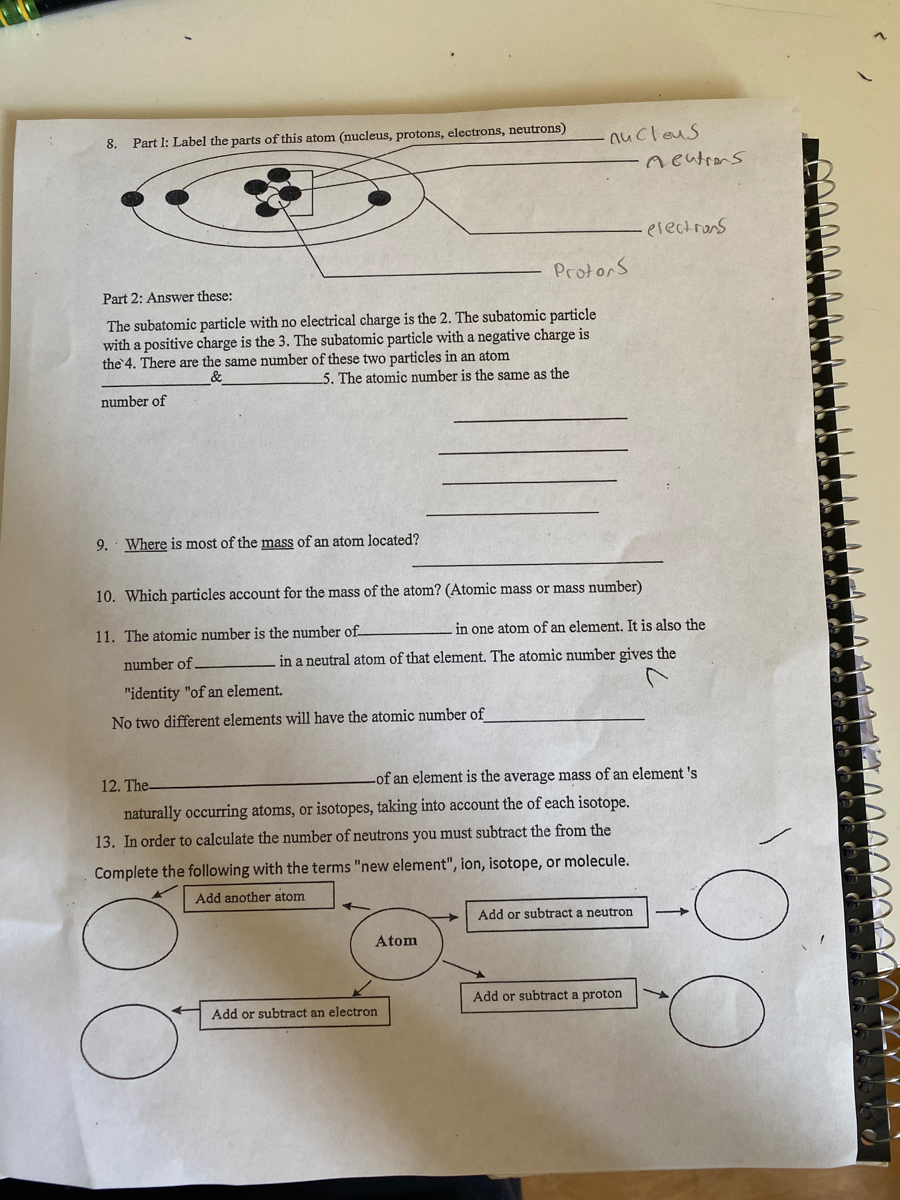
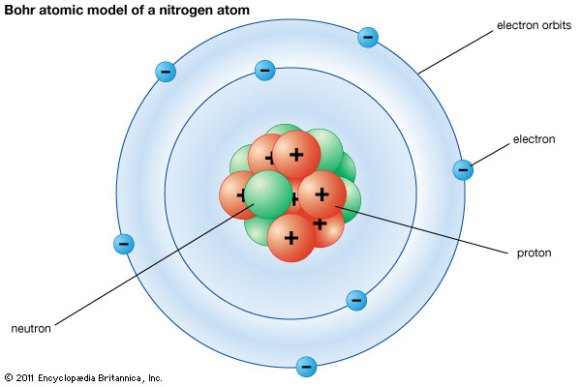



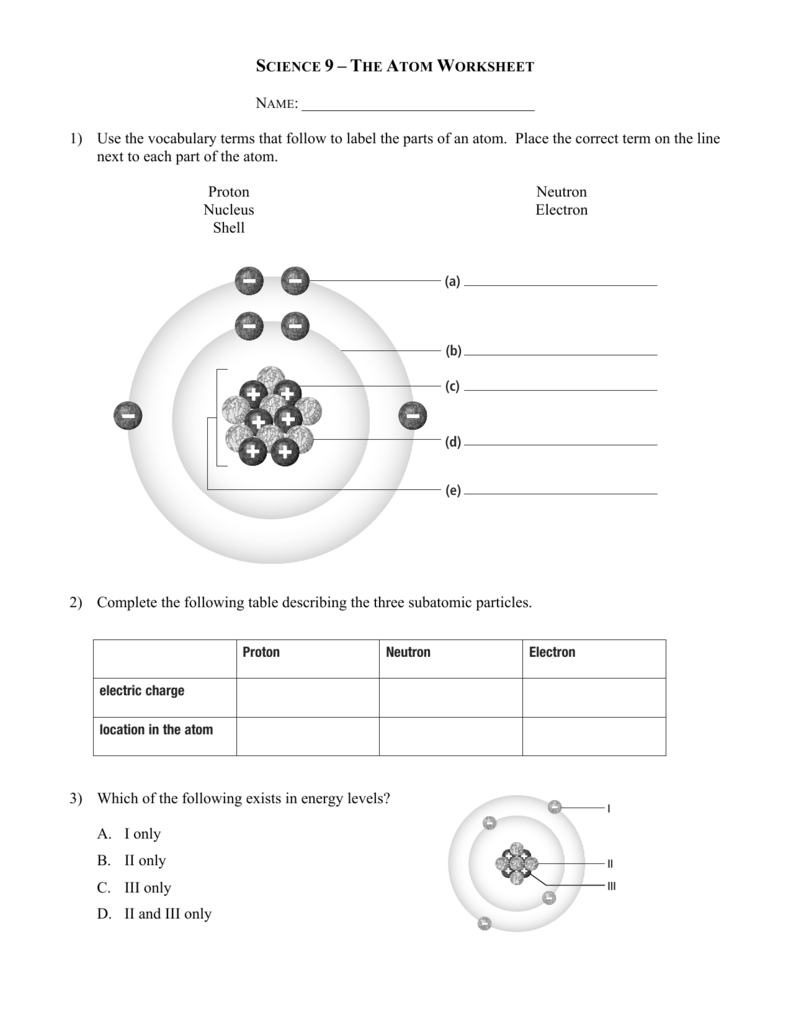

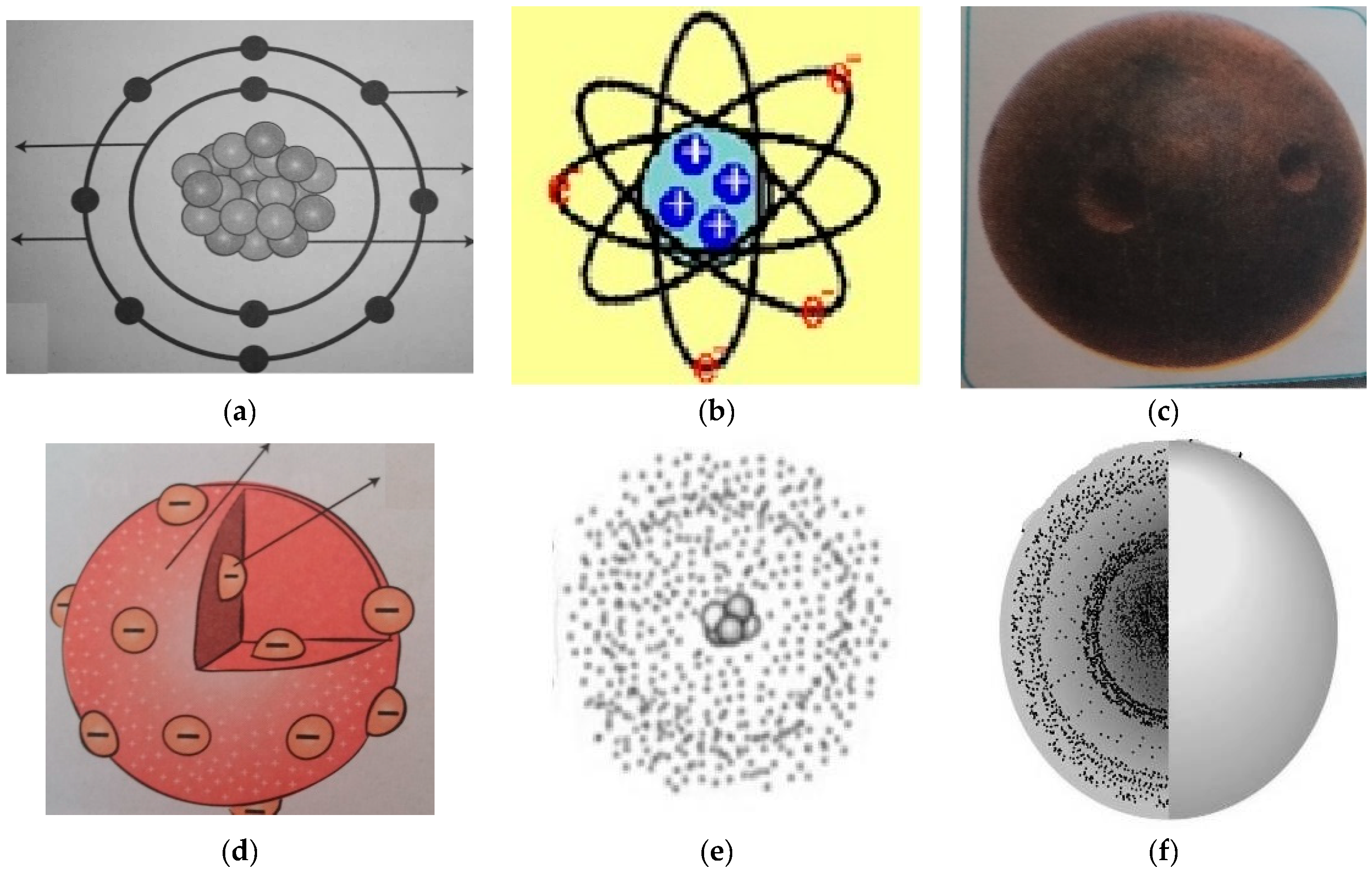
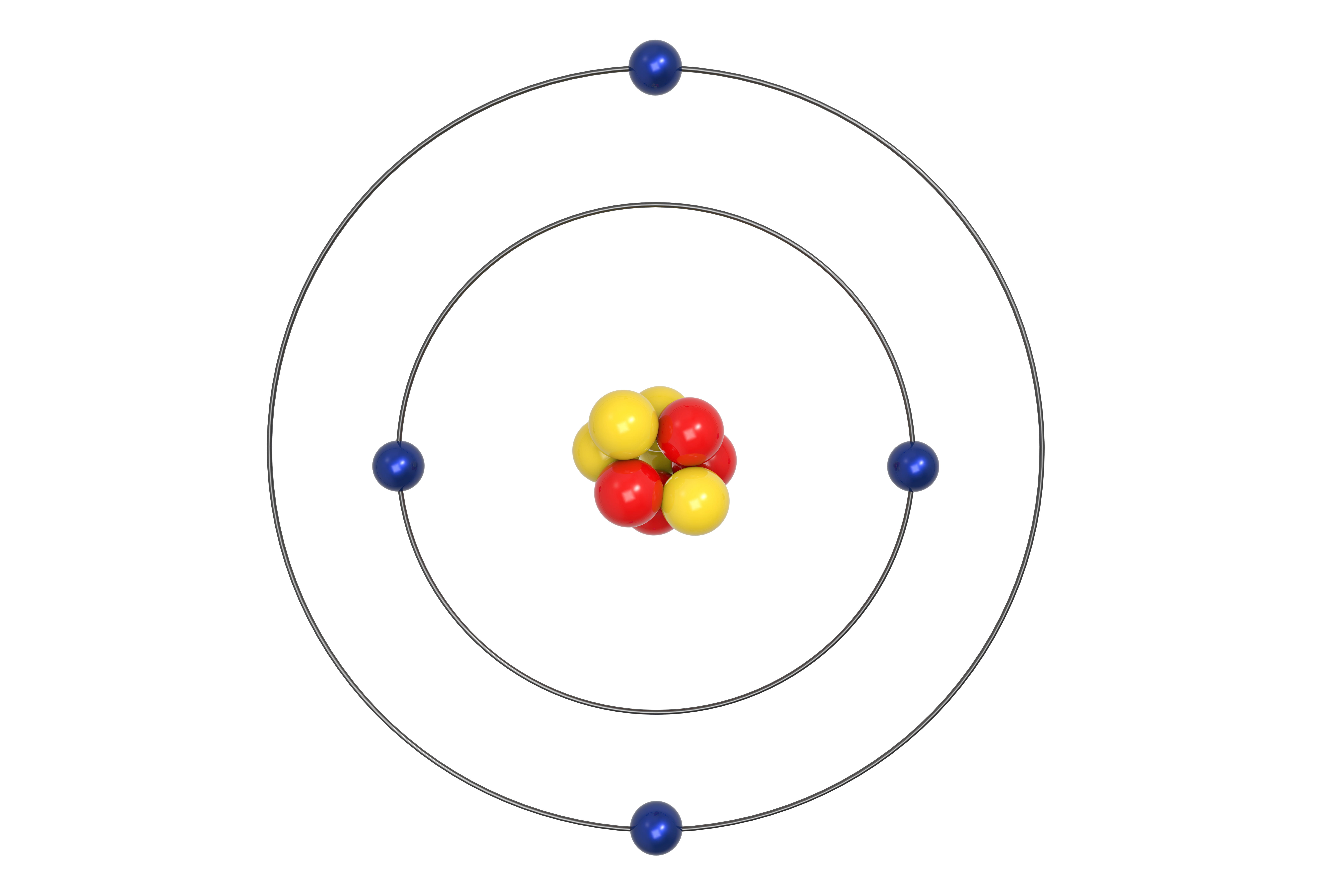


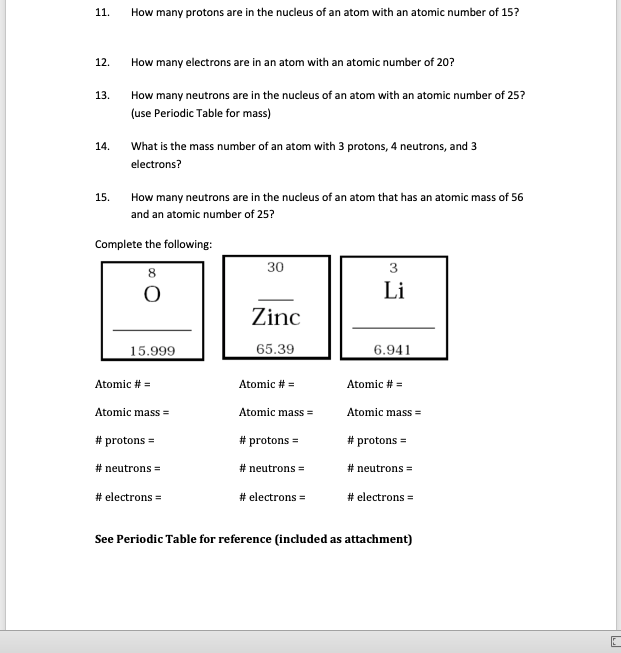

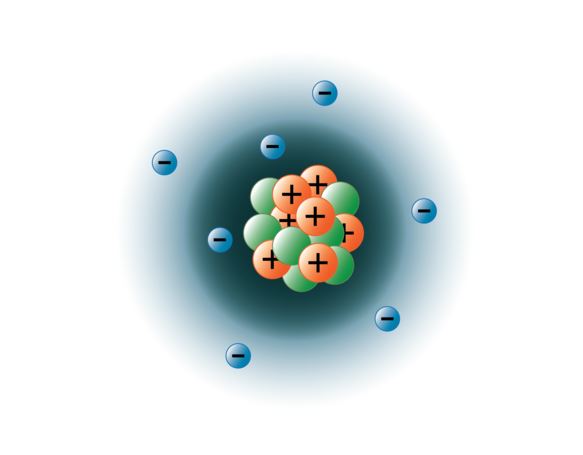







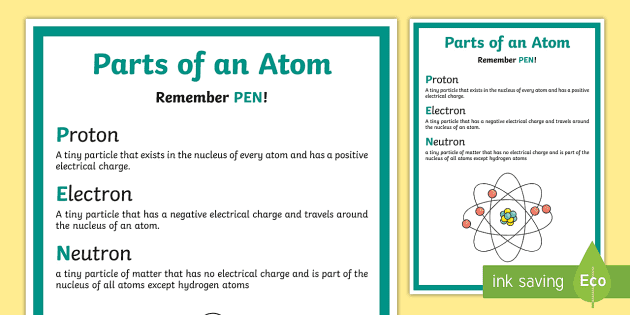



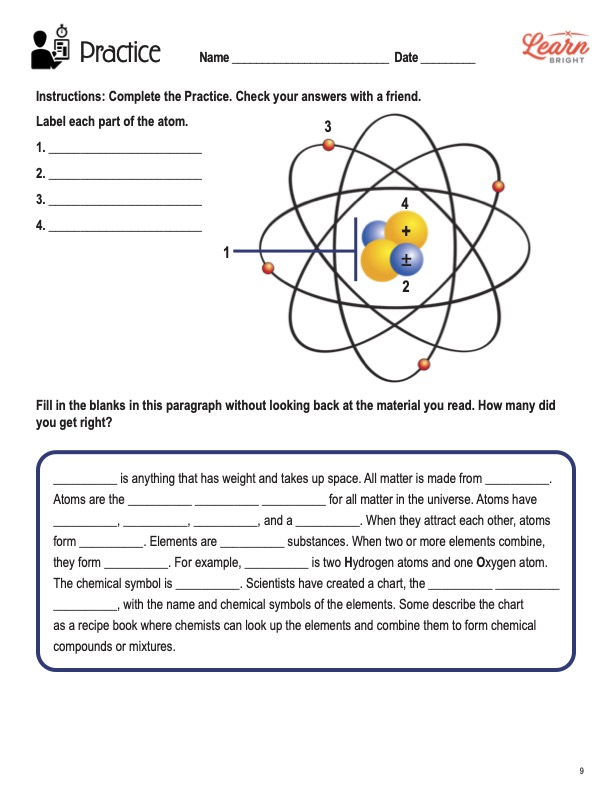






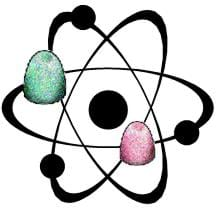
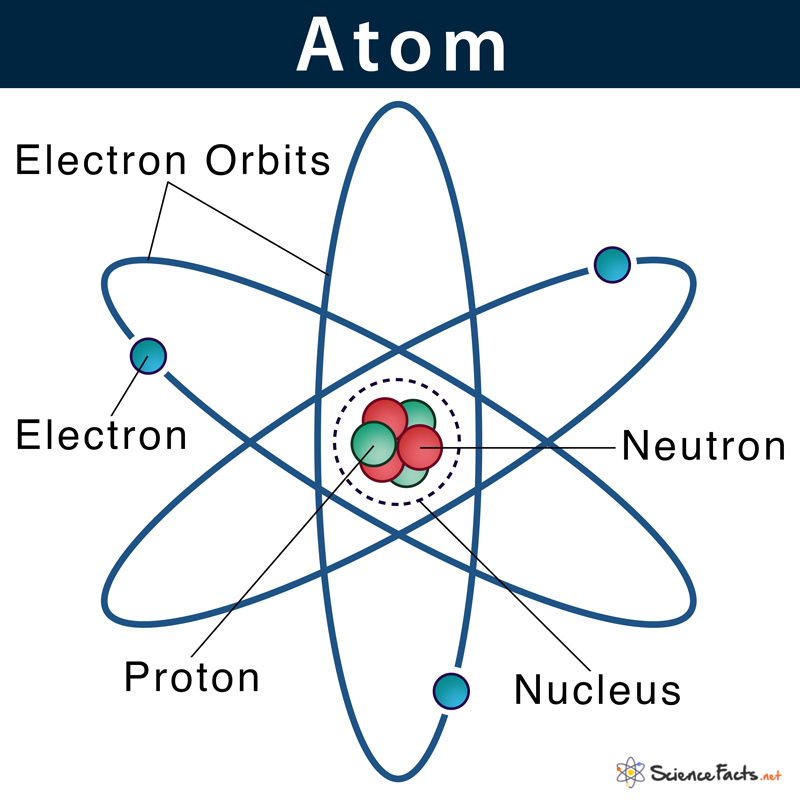


Post a Comment for "41 label the parts of this atom (nucleus protons electrons neutrons)"